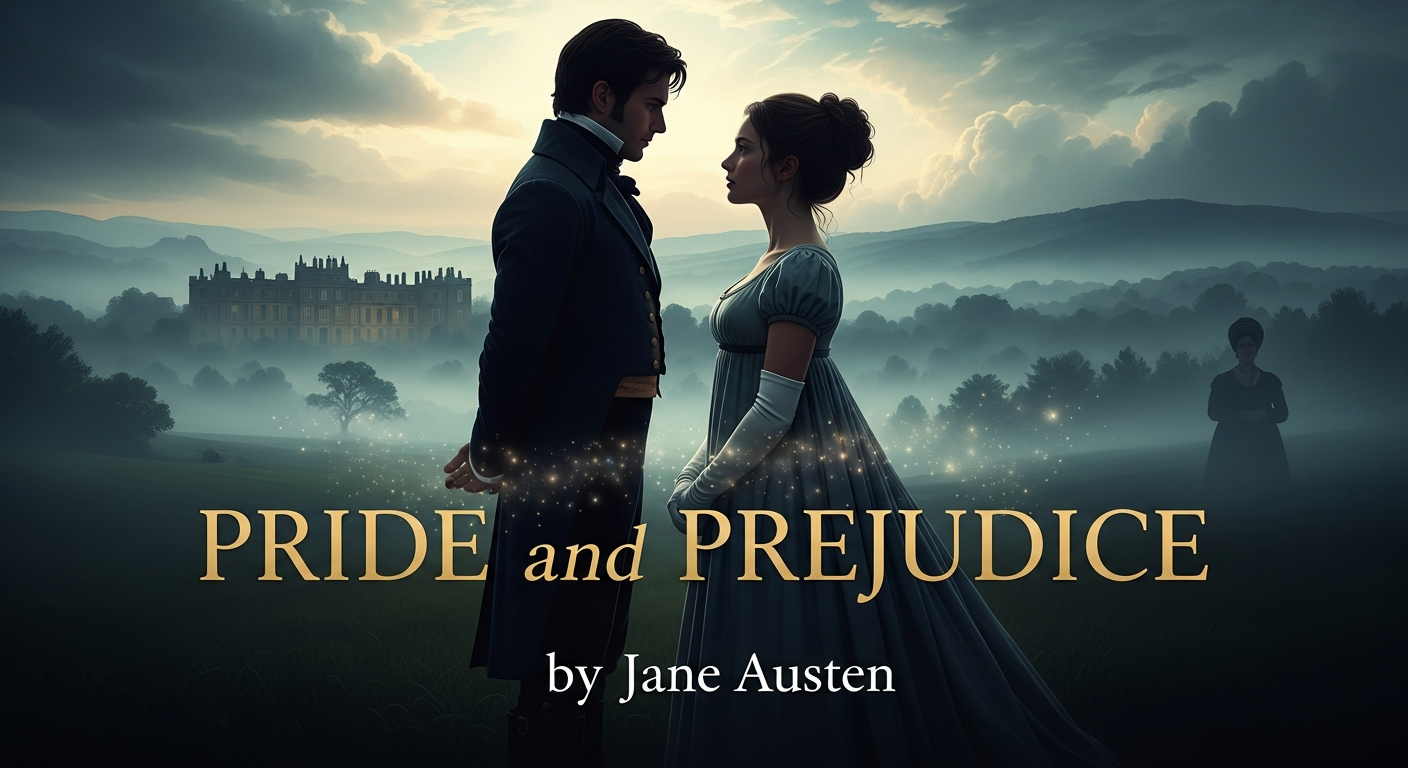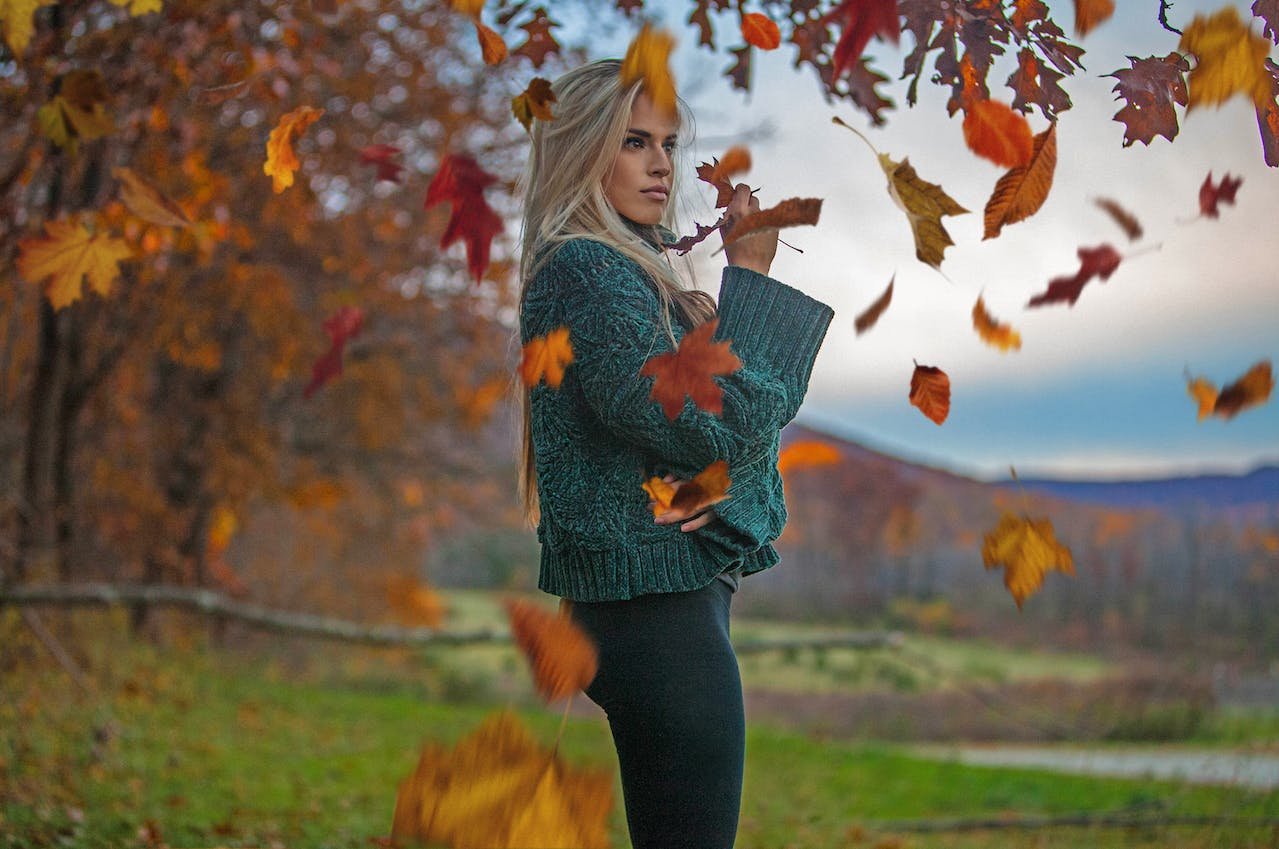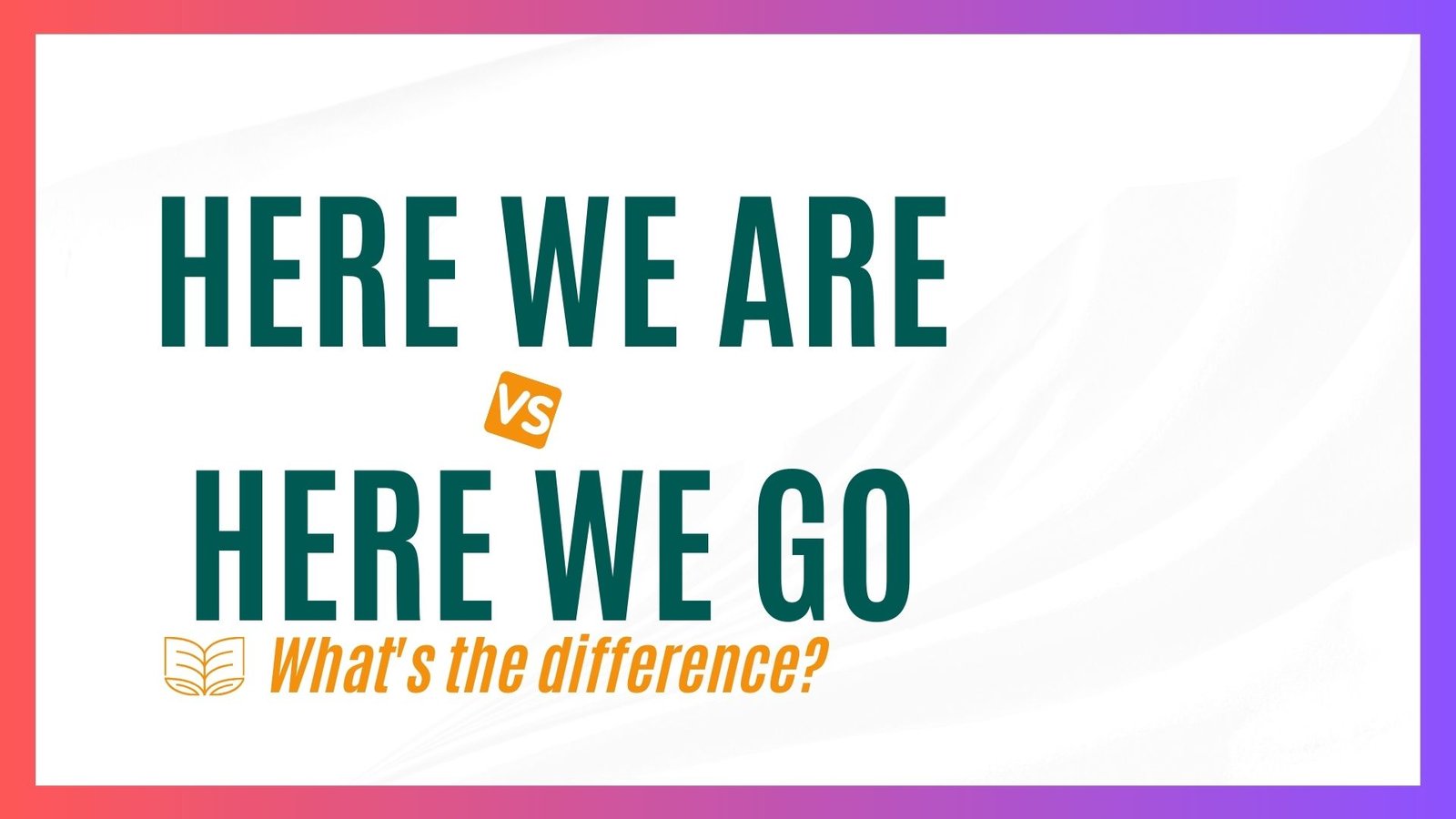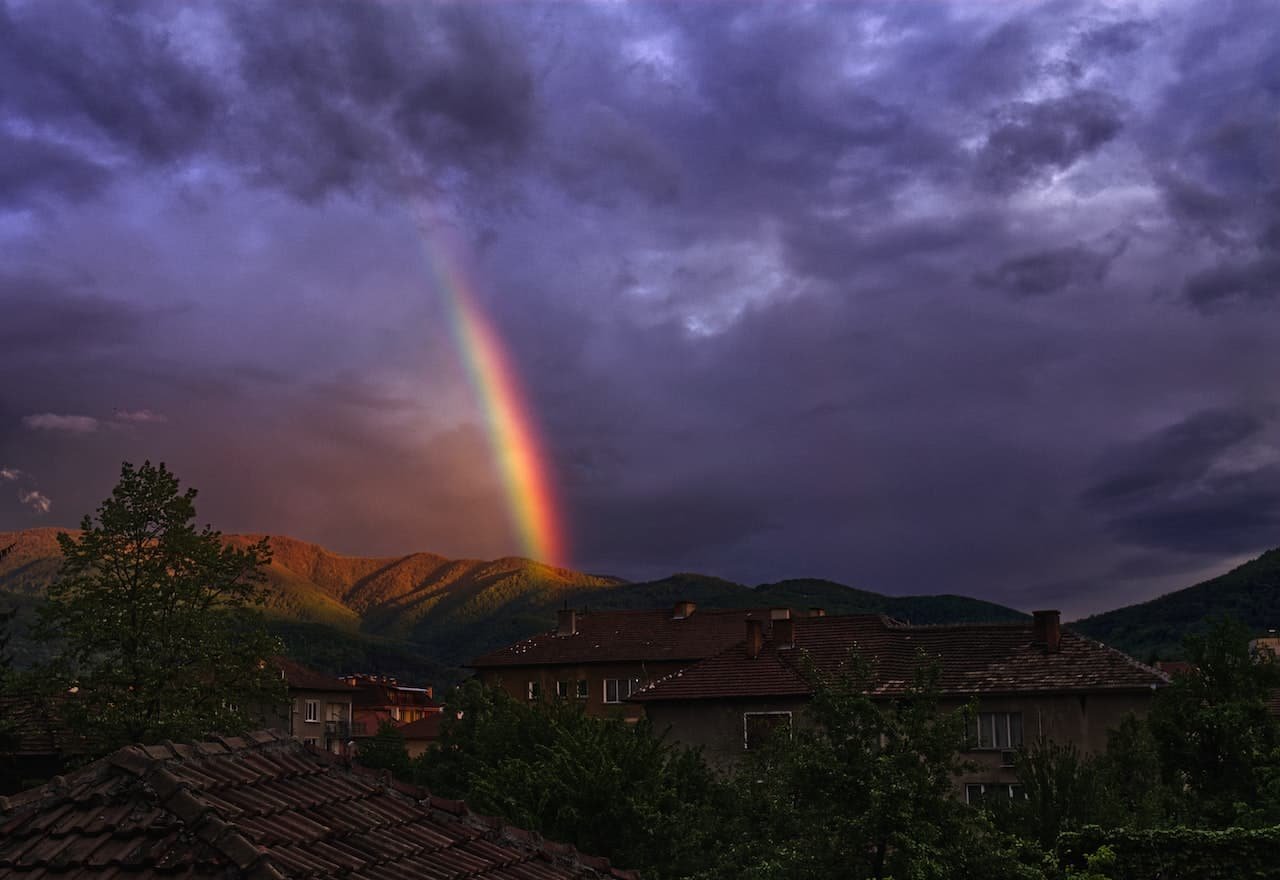

PETRA YVONNE ENGLISH
The United Kingdom
FACTS, CULTURE AND PEOPLE
The UK lies on the northwest coast of Europe, on the British Isles. It consists of a big island called Great Britain, a part called Northern Ireland and other smaller islands.
The official title is: The United Kingdom of Great Britain and Northern Ireland. It is a highly multicultural country.
The UK is made up of 4 countries: England, Scotland, Wales and Northern Ireland.
- England (the capital is London)
- Scotland (the capital is Edinburgh)
- Wales (the capital is Cardiff)
These three countries form Great Britain. - Northern Ireland (known as Ulster) – the capital is Belfast.
This country is also part of the UK.
The Republic of Ireland (known as Eire) – the capital of which is Dublin, became independent in 1922, while Northern Ireland remained part of the UK.
Population
The current population of the UK is over 68 million people. The density of the population is one of the highest in the world, about 270 people per square kilometre.
Mountains
Great Britain can be divided into the lowlands and highlands. The most mountainous area of GB is Scotland. Here we can find:
- The Highlands of Scotland – these are the highest mountains in Britain with the highest peak being Ben Nevis (1343 m)
Mountain ranges in other parts of Great Britain include:
- The Pennines
- The Cambrian Mountains
Rivers
They are very important sources of energy.
- The biggest river is the Thames.
- The longest river is the Severn.
Lakes
These lakes are not important for transport but they are a big tourist attraction.
- Windermere Lake
- Loch Lomond – the largest lake in Great Britain, it has 36.4 kilometres.
- Loch Ness – this lake is famous for the “Nessie Monster”. It is often described as a large, long-necked creature. People believe in the creature although there is no any evidence of its existence. (Lakes are called “lochs” in Scotland).
QUESTION TIME
part 1
- What is the official name of the country?
- Which parts does the UK consist of? Name the capitals of these parts.
- Which countries are known as Ulster and Eire?
- What is the current population of the UK?
- What kind of countryside is typical for Great Britain? Name some mountain ranges.
- Can you name any rivers? How about the longest and the largest?
- Which lakes are worth seeing and why?
Climate
The climate is mild due to the Gulf Stream. Winters are not very cold and summers aren’t very warm. Britain is known for its fog and rainfall.
National economy
The UK is a really industrial country. The economy consists of the following branches:
- industry – the food industry, chemical industry, textile industry, wood industry, the production of vehicles – British car brands include: Jaguar, Mini, Rolls Royce, Land Rover, Bentley…
- agriculture – wheat is a major crop in the UK, then potatoes, sugar beet, meat…
- tourism and services
Government
- GB is a constitutional monarchy. It is the system of government in which the queen’s power is formal, limited and shared with the government.
- The Constitution of the UK is unwritten, but rather based on customs, traditions and common law.
- The official head of state is Queen Elizabeth the 2nd. Her seat is at Buckingham Palace.
- The head of government is the Prime Minister. The seat of the Prime Minister can be found at 10 Downing Street in London.
Transport
For travelling we can use:
- the underground, often called the „tube“. The London underground is one of the oldest in the world,
- double decker red buses,
- black taxis also called „Black cabs“,
- planes, there are four airports around London. Heathrow – is one of the busiest international airports in the world.
Currency
The UK uses the pound.
Language
The official language spoken is English. However,
- in Scotland we can hear the Gaelic language,
- in Wales they also speak Welsh – Celtic language,
- in Northern Ireland, aside from English, you can hear the Irish language, another
Celtic language, as well.
QUESTION TIME
part 2
- What is the climate there? Name typical features of the climate.
- What branches does the economy of the UK consist of? Name some British car
brands. - What do you know about Great Britain´s political system? (the head of state, the head
of government, their seats…) - What kinds of transport can we take in London and its surroundings?
- What currency is used in the country?
- What is the official language of Great Britain?
What other languages can be heard in different parts of the UK?
Flag
- this is known as THE UNION JACK,
- it expresses the long history of the United Kingdom,
- it consists of 3 other flags: the flag of England, Scotland and Northern Ireland.
Traditional English meals
- English breakfast – fried bacon, sausages, eggs, tea, tomatoes and mushrooms
- Fish and chips
- Shepherd’s pie
- Yorkshire pudding, Christmas pudding
Lifestyle
What are the British people like? They are said to be reserved, conservative, polite and with a specific sense of humour.
The British people, or Britons love:
- Sports
- Keeping pets
- Gardening
- Going to pubs
- Driving cars
Housing
- People in the country live in detached houses, cottages and small old houses.
- People in cities live in semi-detached houses, terraced houses, blocks of flats.
Typical sports
- Their national sport is cricket but football is the most popular sport.
- World famous football teams are: Manchester United, Arsenal and Liverpool.
- They also love golf, tennis and polo.
Famous people
From the past:
- William Shakespeare – a poet and playwright,
- Winston Churchill – one of the greatest British prime ministers,
- Isaac Newton – a mathematician,
- Agatha Christie – a detective story writer,
- John Lennon – musician of popular pop band The Beatles.
At present:
- Queen Elizabeth II – the official head of state.
- Prince William,
- Ed Sheeran – a pop music artist,
- Adele – a pop singer,
- J.K. Rowling – a British author, famous for the Harry Potter fantasy series,
- Rowan Atkinson – Mr. Bean – an actor,
- Jamie Oliver – a famous British cook.
QUESTION TIME
part 3
- What is the nickname of the UK flag? What other flags does it consists of?
- Can you name at least 3 traditional English meals?
- Can you name at least 3 popular sports in the UK?
- Can you name at least 8 significant personalities that are symbols of this
country? - What are Britons like?
- What is their lifestyle? What are they keen on?
Symbols
Traditional symbols of England
- the patron saint of England is St. George,
- the red rose is England’s national flower,
- the oak is the national tree of England, representing strength and endurance,
- the lion is the national animal of England,
- Fish and chips is a culinary symbol of England,
- tea with milk,
- double-decker buses,
- black cabs – London’s traditional black taxi,
- Robin Hood – a heroic outlaw in English folklore
QUESTION TIME
part 1
- Who is the patron saint of England?
- What is England’s national flower?
- What is England’s national tree?
- What is England’s national animal?
- What is the name of a heroic outlaw in English folklore?
- What is a culinary symbol of England?
- What are the names of typical red buses and taxis?
Scottish symbols / landmarks:
- the national flower of Scotland is a thistle,
- Scotland’s national animal is a unicorn,
- Scotland’s patron saint is St. Andrew,
- Scottish flag – It has St. Andrew’s cross on a blue background. He was crucified on an X – shaped cross.
- Scottish kilt – A skirt made from tartan cloth, traditionally worn by Scottish men. Tartan is a pattern of different colours in horizontal and vertical lines.
- The Loch Ness monster or Nessie. It is often described as a large, long-necked creature. People believe in the creature even though there is no evidence of its existence.
- Scotch whisky,
- bagpipes – a Scottish musical instrument,
- Scottish Highlands – it is a mountainous area in the north-west of Scotland,
- Scottish Lowlands – these are in the south-east of Scotland.
QUESTION TIME
part 2
- Who is the patron saint of Scotland?
- What is the national flower of Scotland?
- What is the national animal of Scotland?
- What is the name of the traditional Scottish skirt made from tartan cloth?
- What is the name of famous mountainous area in the north-west of Scotland?
- What is the name of the large long-necked creature living in the lake?
- What is the typical Scottish musical instrument?
Traditional symbols of Wales (Welsh symbols)
- the daffodil is the national flowe r of Wales,
- the leek is another emblem of Wales,
- the red dragon is the traditional animal, it is also in the national flag of Wales.
- Saint David is the patron saint of Wales.
QUESTION TIME
part 3
- 1. What are the national emblems of Wales (a flower and a kind of vegetable)?
- What is the national animal of Wales?
- What is the patron saint of Wales?
Traditional Irish symbols
- the shamrock or the 3-leaf clover represents the Holy Trinity:
the father , the son and the holy ghost, - Saint Patrick – is the patron saint of Ireland,
- the Harp – this is the official national emblem of Ireland. It is a symbol of Guinness,
the famous Irish brewery. - Guinness – this is the trademark dark beer made in Dublin,
- Irish whisky has a long tradition,
- Irish dance is a traditional step dance. Irish dancers don’t move their arms or
hands, only their legs and feet move. - famous personalities from the past are: Oscar Wilde, G. B. Shaw
QUESTION TIME
part 4
- What is the national flower of Ireland? What does it represent?
- What is the patron saint of Ireland?
- What is the typical Irish musical instrument and at the same time the brand of the beer Guinness?
Popular places in Britain
- Greenwich
This is best known for its Greenwich Mean Time.
It divides the Earth into western and eastern hemispheres. It is a very big attraction’ cos at the same time you can have one leg in the eastern hemisphere and one in the western hemisphere. - Stonehenge
This is a world-famous stone circle. Nobody really knows why it was built.
– one theory says that it was a kind of temple,
– another theory is that it was built to observe the stars,
– yet another theory says that it was a religious centre or gathering place. - Bath
This is the spa centre with the hot healing springs in beautiful Roman buildings. - Oxford, Cambridge
These are the old university towns. - Stratford-upon-Avon
This is the birthplace of Shakespeare. - Glasgow
An old Victorian town and the heart of the arts in Scotland.
london
LONDON is the capital of the United Kingdom, Great Britain, and Northern Ireland. It lies on the River Thames, and it is the largest city in the country.
London is the seat of the Monarch, the Parliament, the Government, the Supreme Court, the Church of England, etc.
LONDON is the centre of cultural, political, and social activities.
- Tourists come here to visit monuments, museums, galleries, theatres, historical sights, and parks.
- The city is home to about 9 million inhabitants.
- The most important parts of London are: the city, Westminster, the West End, the East End
HISTORY OF LONDON
The city’s history is very rich, including several disasters that have affected London.
- In 1665, a disease called the Black Plague killed more than 100,000 people.
- In 1666, there was a big fire, ´The Fire of London´ which destroyed most of the city, e.g., St. Paul’s Cathedral and 88 other churches.
QUESTION TIME
part 1
- What‘s the population of London?
- Give some reasons why tourists visit London.
- Name the most important parts of this city.
- What huge disasters affected London in the past? When did they occur?
BONUS QUESTION: Sum up the introduction of the topic ‚London‘.
PLACES OF INTEREST
The Tower of London
The Tower of London is the typical symbol of the capital and, at the same time, a top tourist attraction. William the Conqueror began to build the massive fortress to defend the city of London. It was the place of some of the bloodiest events in English history. Many important personalities were arrested and executed there.
The Tower of London is now a museum where tourists go to see an arsenal of
weapons and the Crown Jewels.
The Tower is guarded by the Yeoman Warders called “Beefeaters”. They wear a distinctive/ typical uniform from Tudor times. Beefeaters guard together with six ravens that are kept in the Tower. Legend says that it would be the end of the Tower and the kingdom if the ravens flew away. So the ravens’ wings are clipped to prevent this.
Tower Bridge
Tower Bridge is a typical London landmark. It has two Gothic towers. Two glass-covered Walkways link the top of the towers to allow walkers to cross over the River Thames and give them beautiful views of the river. The bridge is raised in the middle to allow tall ships to pass up the river.
Trafalgar Square
Trafalgar Square is the largest square in London. It’s a place of political demonstrations, heavy traffic and tourists. In the middle of the square is the statue of Admiral Nelson, who looks towards the Houses of Parliament and is guarded by four magnificent bronze lions.
Westminster Abbey
Westminster Abbey is a gothic building with twin towers. The Abbey is a ´Coronation church´. Coronations of every king or queen (except two) have been held here.
Visitors can admire Coronation Chair – this oak chair has been used at every coronation. The Abbey contains many royal tombs. There were many important royal funerals, such as Diana Princess of Wales and Her Majesty Queen Elizabeth = the Queen’s Mother. The Abbey is a living church – there are regular services every day.
St Paul’s Cathedral
St Paul’s Cathedral is the seat of the Bishop of London and the spiritual centre of the city. It is a masterpiece of a famous architect Sir Christopher Wren, who rebuilt this cathedral and 52 other city churches after the Great Fire of London in 1666. The Cathedral is built in the Baroque style.
QUESTION TIME
part 2
- Choose a place and give a detailed description of it.
a) The Tower of London
b) The Tower Bridge
c) Trafalgar Square
d) Westminster Abbey
e) St Paul‘s Cathedral
Buckingham Palace
This is the official London residence of Her Majesty Queen Elizabeth II. The Royal Standard flutters when Her Majesty the Queen is in residence.
An inseparable part of the Palace is the Queen Victoria Memorial in front of it. The statue represents the ideals of motherhood, truth, justice, peace, and progress.
The five regiments of Foot Guards, easily recognized by their scarlet uniforms and bearskins, guard Buckingham Palace. The Guard is changed at 11.30 am. This ceremony takes 40 minutes and is usually watched by vast crowds.
Houses of Parliament
Houses of Parliament is the political centre of the United Kingdom, the home of the British
Parliament. They were rebuilt in the Neo-Gothic style in 1840 after a fire destroyed the previous building.
The complex includes:
- The House of Commons,
- The House of Lords,
- Westminster Hall – the great hall dates from medieval times.
Big Ben
Big Ben is a famous landmark in London. It’s a part of the Houses of Parliament. Big Ben is not the clock’s name but the bell’s name (named after Sir Benjamin Hall). It has been telling the time since 1859.
10 Downing Street
No. 10 Downing Streetis not open to the public, and it is the official home of the British Prime Minister.
London Eye
London Eye is the most popular tourist attraction. It is the tallest sightseeing wheel in the world.
Piccadilly Circus
Piccadilly Circus is a place where five busy streets join into the circular square. It is the most alive and noisiest place in London. It is a centre of entertainment, nightclubs, theatres, cinemas, and restaurants. Many colourful advertisements light the square.
At the top of the Fountain, the circus center, stands Eros, the Greek God of love.
QUESTION TIME
part 3
- Choose a place and give a detailed description of it.
a) Buckingham Palace
b) Houses of Parliament
c) 10 Downing Street
d) London Eye
e) Piccadilly Circus
Hyde Park
Hyde Park is probably the most popular among tourists because of its Speaker’s Corner. It is a place where everybody can speak his or her opinions openly without fear.
Madame Tussauds
Madame Tussauds is visited by thousands of visitors every year. It contains waxworks of famous world figures, e.g., international statesmen (Winston Churchill, Gandhi, Margaret Thatcher), sportsmen (Martina Navrátilová, David Beckham), film stars (Beatles, Madonna), Royal Family, the Pope, and many other famous people.
The National Gallery
The National Gallery contains the best-known collection of paintings, e.g. Rubens, Rembrandt, Raphael, El Greco, etc.
Harrods
Harrods is the world’s best-known store. The store began as a small grocer’s shop, and at the same time, it was the first store in the world with an escalator. Other big shopping stores are Selfridges, Marks and Spencer, John Lewis.
QUESTION TIME
part 4
- Choose a place and give a detailed description of it.
a) Hyde Park
b) Madame Tussauds
c) The National Gallery
d) Harrods
2. Do you know of any other attractive places to see in London?
3. Have you been to London? Tell us more about your trip there.
BONUS QUESTION: Give a 5-minute speech on the topic of LONDON.
Vocabulary
1. consist of [kənˈsɪst ] – skladať sa z…, pozostávať z…
2. coast [kəʊst] – pobrežie
3. island [ˈaɪlənd] – ostrov
4. isle [aɪl] – ostrov
5. density [ˈdensɪtɪ] – hustota
6. lowlands [ˈləʊləndz] – nížiny
7. highlands [ˈhaɪləndz] – vysočiny
8. the Highlands – Škótska vysočina
9. mountainous [ˈmaʊntɪnəs] – hornatý
10. peak [piːk] – štít, vrchol
11. lake [leɪk] – jazero
12. mild climate [maɪld ˈklaɪmɪt] – mierne podnebie
13. fog [fɒg] – hmla
14. branch [brɑːntʃ] – odvetvie
15. constitution [ˌkɒnstɪˈtjuːʃən] – ústava
16. customs [ˈkʌstəms] – zvyky
17. government [ˈgʌvənmənt] – vláda
18. double decker [ˈdʌb ə l dekə] – dvojposchodový autobus
19. for hire [fɔː ˈhaɪə] – na prenájom
20. hemisphere [ˈhemɪˌsfɪə] – pologuľa, hemisféra
21. prime meridian [praɪm məˈrɪdɪən] – nultý poludník
22. healing springs [hiːlɪŋ sprɪŋs] – liečivé pramene
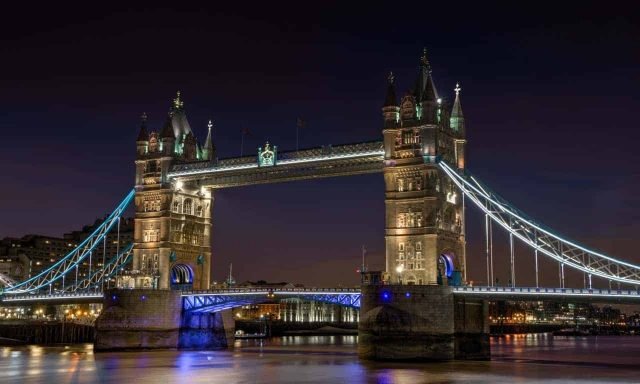
23. birthplace [ˈbɜːθˌpleɪs] – rodisko
24. plague [pleɪg] – mor, epidémia
25. oak [əʊk] – dub
26. pigeons [ˈpɪdʒɪns] – holuby
27. Beefeaters [ˈbiːˌfiːtəs] – strážcovia londýnskeho Toweru
28. raven [ˈreɪv ə n] – havran
29. bishop [ˈbɪʃəp] – biskup
30. waxwork [ˈwæksˌwɜːk] – vosková figurína
31. brewery [ˈbrʊərɪ] – pivovar
32. clover [ˈkləʊvə] – ďatelina
33. holy [ˈhəʊlɪ] – svätý
34. Trinity [ˈtrɪnɪtɪ] – Najsvätejšia Trojica
35. thistle [ˈθɪs ə l] – bodliak, škótsky národný symbol
36. landmark [ˈlændˌmɑːk] – typický znak, orientačný bod
37. unicorn [ˈjuːnɪˌkɔːn] – jednorožec
38. flag [flæg] – vlajka
39. tartan [ˈtɑːt ə n] – škótska kockovaná látka, vzor
40. kilt [kɪlt] – škótska sukňa
41. pattern [ˈpætən] – vzor (na látke)
42. Scotland [ˈskɒtlənd] – Škótsko
43. Scottish [ˈskɒtɪʃ] – škótsky
44. Scotch [skɒtʃ] – škótska (whisky)
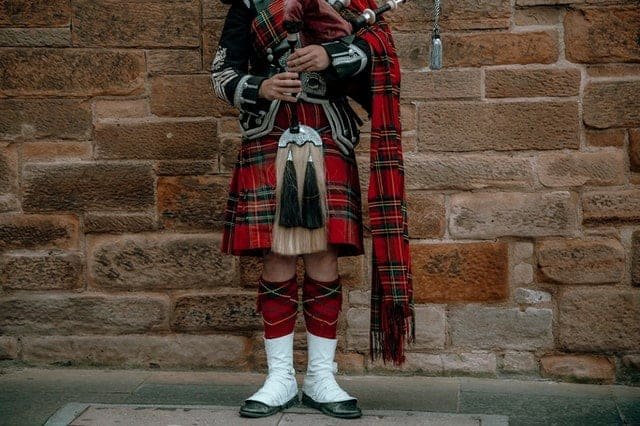
45. the Scots [skɒts] / the Scottish people – Škóti
46. outlaw [ˈaʊtˌlɔː] – zbojník, vyhnanec
47. trademark [ˈtreɪdˌmɑːk] – obchodná značka
48. current [ˈkʌrənt] – súčasný
49. rainfall [ˈreɪnˌfɔːl] – dažďové zrážky
50. as for [əz fɔː ] – čo sa týka…
51. endurance [ɪnˈdjʊərəns] – vytrvalosť, výdrž
52. vertical [ˈvɜːtɪk ə l] – zvislý
53. horizontal [ˌhɒrɪˈzɒnt ə l] – vodorovný
54. stripe [straɪp] – pruh, pás
55. bagpipes [ˈbægˌpaɪps] – gajdy
56. evidence [ˈevɪdəns] – dôkaz
57. shamrock [ˈʃæmˌrɒk] – trojlístok, symbol Írska
58. reign [reɪn] – panovať, vládnuť
59. govern [ˈgʌv ə n] – vládnuť , riadiť
60. playwright [ˈpleɪˌraɪt] – dramatik, autor divadelných hier
61. cross [krɒs] – kríž
62. shape [ʃeɪp] – tvar
63. due to [djuː tuː] – kvôli
64. north-west [nɔːθ west] – severozápad
65. strength [streŋθ] – sila
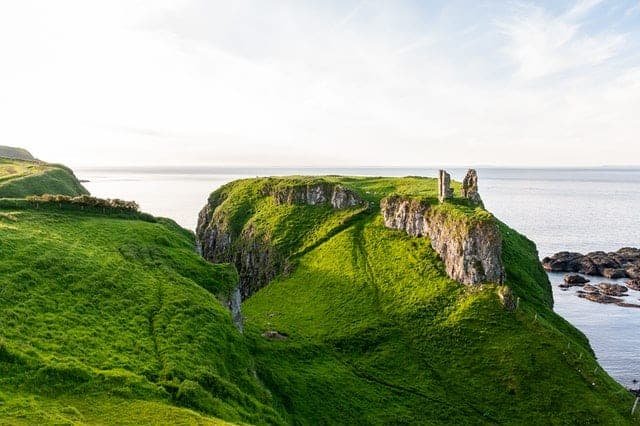
Share this with your friends👉
© 2025 Petra Yvonne English – English online





